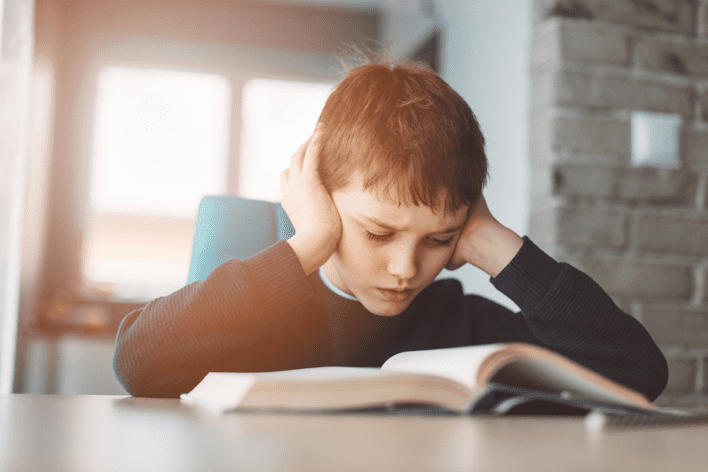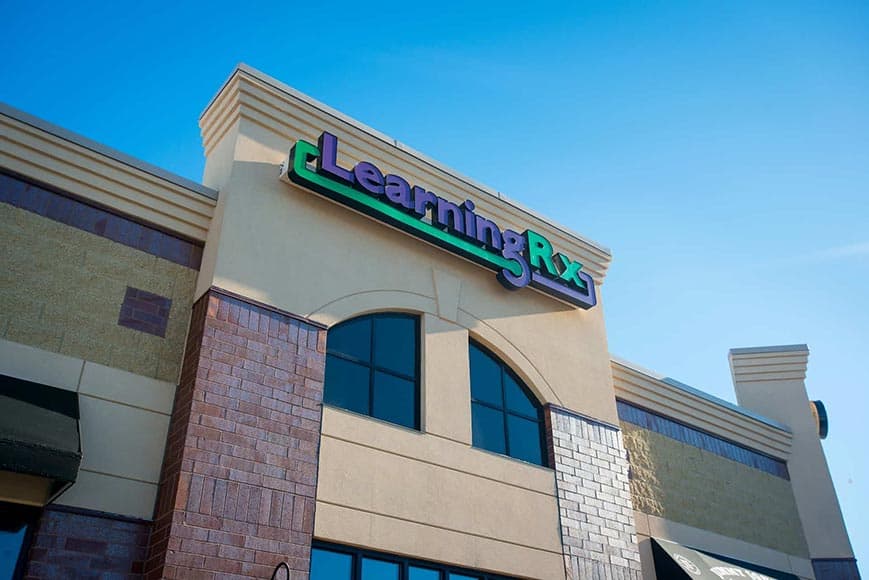Common Myths and Signs of Dyslexia
October is Dyslexia Awareness Month so we want to take some time to look at the topic in detail. Did you know that dyslexia affects 5-15% of all Americans? That’s somewhere between 14.5-43.5 million people in the U.S. alone. There are many signs of dyslexia that present themselves as people age. Let’s explore signs that may indicate that you or your loved one are battling dyslexia. But first, let’s clear up some common misconceptions surrounding dyslexia in children and adults.
Myths About Dyslexia
Reading backward and reversing letters is a sign of dyslexia
While this can be true in some cases, as young children are learning to read and write, it’s common for them to reverse letters such as b and d or p and q. Just because your young child is reversing letters it doesn’t necessarily mean they’re dyslexic. However, if letter reversal continues beyond the early elementary school years, it’s a good idea to have your child evaluated to see if dyslexia is part of the equation.
If my child is dyslexic, I won’t know until they’re in school
Because dyslexia actually causes the brain to function differently, dyslexia doesn’t just affect a child’s ability to read. It also affects speech. If your child is a late talker or struggles with simple rhyming exercises, it may be an indicator that they struggle with dyslexia.
Dyslexia is caused by a lack of exposure to the written word
This is false. Dyslexia is a neurological condition and won’t be improved simply by reading more frequently. When a person struggles with dyslexia it’s difficult to read fluently and it’s difficult to decode the written word. This can make reading and comprehension a challenge. While dyslexia won’t just “go away,” there are a number of successful interventions that can help a child or adult adapt to this condition and facilitate reading, writing and comprehension. One successful approach to helping children and adults with dyslexia is a multisensory approach that incorporates sight, sound and touch into the learning process.
Dyslexia is a vision problem.
This is simply untrue. While children and adults with dyslexia may have compromised vision, the two conditions are unrelated. However, for a person with dyslexia, visual processing, or recognizing details in images, may be challenging.
Signs of Dyslexia
While dyslexia typically presents itself during childhood, it can be missed if you don’t know what to watch for. Many people aren’t diagnosed with dyslexia until they’re in their teen or adult years and can still benefit greatly from interventions.
Here are some key indicators that you or a loved one may be dealing with dyslexia:
In early childhood
- Late talking
- Difficulty rhyming
- Difficulty forming words correctly
- Difficulty remembering letter names, colors and numbers
In school-age children
- Avoiding activities that involve reading
- Reading well below grade level
- Taking an excessive amount of time on reading and writing tasks
- Difficulty spelling, seeing similarities between words or forming the right word or answers to questions
- Difficulty remembering items in a sequence
- Difficulty pronouncing new words
- Difficulty processing verbal instructions
In teens and adults
- Avoiding activities that involve reading
- Taking an excessive amount of time on reading and writing tasks
- Difficulty spelling
- Difficulty reading silently and aloud
- Difficulty memorizing
- Difficulty with math
- Difficulty summarizing information
- Mispronouncing words or coming up with words
- Difficulty understanding jokes or idioms
If you think you or your loved one is struggling with dyslexia, LearningRx has the tools and experience to help retrain the brain to learn more easily! We would love to hear from you. Take our FREE Brain quiz today to discover what cognitive skill weaknesses may be at the root of the reading or writing struggles you are observing.







